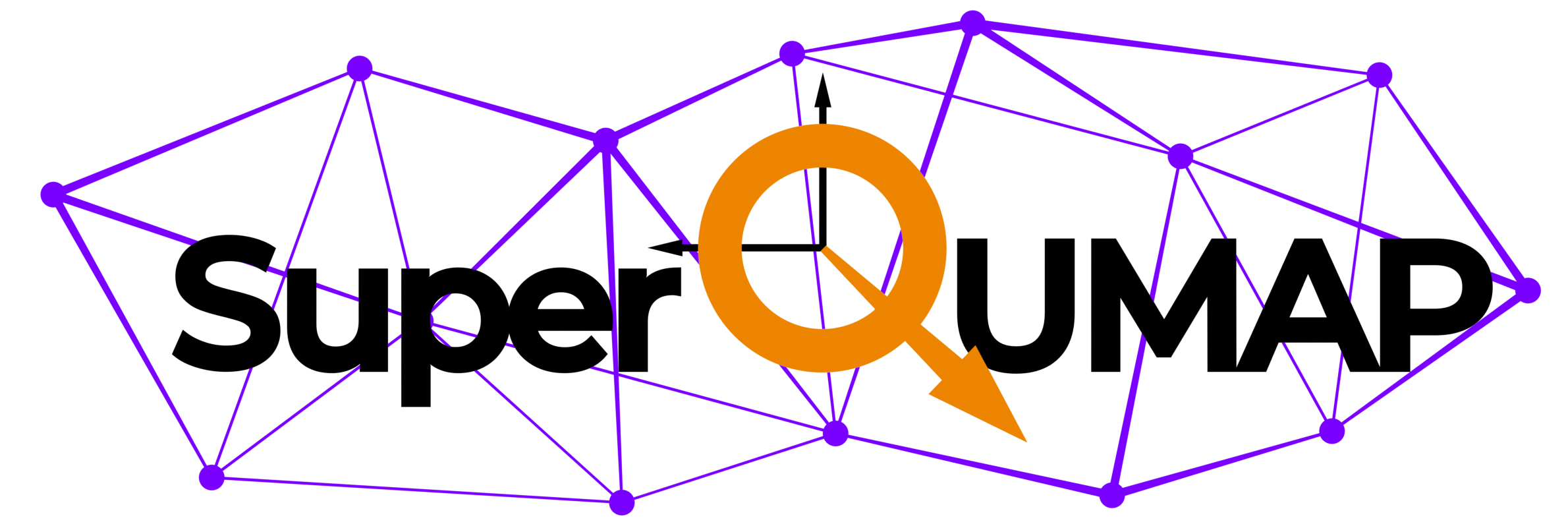Working group 3:
Building quantum systems

OBJECTIVE 1
Create and characterize novel two-level systems in superconducting junctions and devices suitable for quantum computation.
OBJECTIVE 2
Design and test methods for their coherent manipulation in quantum devices.
Description
The new functionalities will be integrated into quantum systems in this WG. SUPERQUMAP will foster collaborative efforts to use novel coherent quantum architectures. The goal of WG3 is to improve technologies related to junctions in SQUIDs and to build novel qubits based on superconductors.
For example, the integration of cuprate superconductors into junctions provides a new set of parameters. The high temperature at which one can operate the junctions promises new applications such as magnetoencephalography for medicine. The challenge is to achieve sufficiently low noise levels with a cuprate SQUID. Recent work has studied the properties of a grooved Dayem bridge, which is built using one single lithography process on a YBCO film grown on a single crystal substrate, obtaining a significant improvement in the SQUID noise level as compared to previously available techniques and smaller sized devices. Such sensors can be installed very close to the head of patients, improving magnetoencephalography set-ups.
The combination of cuprates with 2D Dirac materials, such as graphene and topological insulators, offer another worthwhile avenue of research for high temperature Josephson devices, in which we will exploit both the gate-tunability of the 2D materials and the anisotropic properties of d-wave superconductivity.
Electromigration is being more and more used to fabricate Josephson junctions, both in conventional superconductors and in YBCO. Tuning the hole doping of YBCO through electromigration (EM) of oxygen was first studied for thin films and grain boundary junctions. A SQUID based on a YBCO nanowire can be then tuned by electromigration. Another promising strategy for creating tuneable Josephson junctions is to exploit controlled redox reactions in junctions between conventional (metallic) superconductors (e.g. Nb) and oxide superconductors (e.g. YBCO). A reversible oxygen exchange between both materials can be driven be via ultrashort (ns) voltage pluses, which produces a dramatic, ultrafast switching of the electronic interface transparency, and thus of the junction conductance and, expectedly, of Josephson coupling. Furthermore, the switching occurs across a continuum of non-volatile states, with confers to these devices memristive behaviour.
Furthermore, large arrays of SQUIDs can be used as relevant electronic components, leading to filters (SQUIFs) and amplifiers. The field of quantum information has actually just entered the age of Noisy Intermediate-Scale Quantum (NISQ) technology, the next frontier where properly designed protocols will play a decisive role with a number of qubits ranging from few to hundreds. A key question is to conceive and realize NISQ devices with specific functionalities. We will theoretically design and experimentally implement selected NISQ protocols, studying quantum devices operating with few qubits to medium scale quantum simulators. These efforts will contribute to solve the problems of scaling up superconducting quantum computing and multiplexing a large number of devices to reduce the number of input/output channels and thus improve the architecture to control and read superconducting quantum processors.
Recently, it has been shown that Andreev bound states present in Josephson junctions are phase sensitive and can be explored by coupling high quality hybrid nanostructures with circuit quantum electrodynamic techniques. The role of several aspects of the problem is being investigated by several groups and using different kinds of junctions. The control over the junction properties is key to achieve coherent control over the Andreev states. Recent insight into the behavior of junctions made on InAs nanowires allow studying spin-splitted Andrev states and addressing the role of interactions in the physics of bound states. A key ingredient in quantum electrodynamic techniques is a high quality resonator based on a superconductor. This is of interest to several members of the network of proponents, who are exploring to use such resonators in other devices (diamond vacancies, magnetic systems, other superconducting junctions). Furthermore, we will search for novel materials leading to resonators of improved quality. Andreev states in topological material based superconducting devices provide an opportunity to better understand the formation of Majorana states.
SUPERQUMAP also includes theoretical researchers that are using presently available superconducting qubit platforms to address topical problems of simulation of quantum materials, concretely in the Hubbard model, in spin models and in future in Floquet phases. These participants, being actual users of superconducting qubits, will help identifying the most promising design choices for future qubits based on superconducting technologies.
Some references
- Coherent manipulation of an Andreev spin qubit, Science, 373, 430 (2021).
- Strain Tuning of Individual Atomic Tunneling Systems Detected by a Superconducting Qubit, Science, 338, 232 (2012).
- Superconducting quantum bits. Nature, 453, 1031 (2008).
- A perspective on superconducting flux qubits, Appl. Phys. Lett. 119, 080501 (2021).
- Theory of quantum-error correcting codes, Phys Rev A, 55, 900 (1997).
- Scheme for reducing decoherence in quantum computer memory, Phys Rev A, 52, R2493–R2496 (1995).
- NanoSQUIDs: Basics & recent advances. Superconductors at the Nanoscale. p. 339. De Gruyter (2017).



